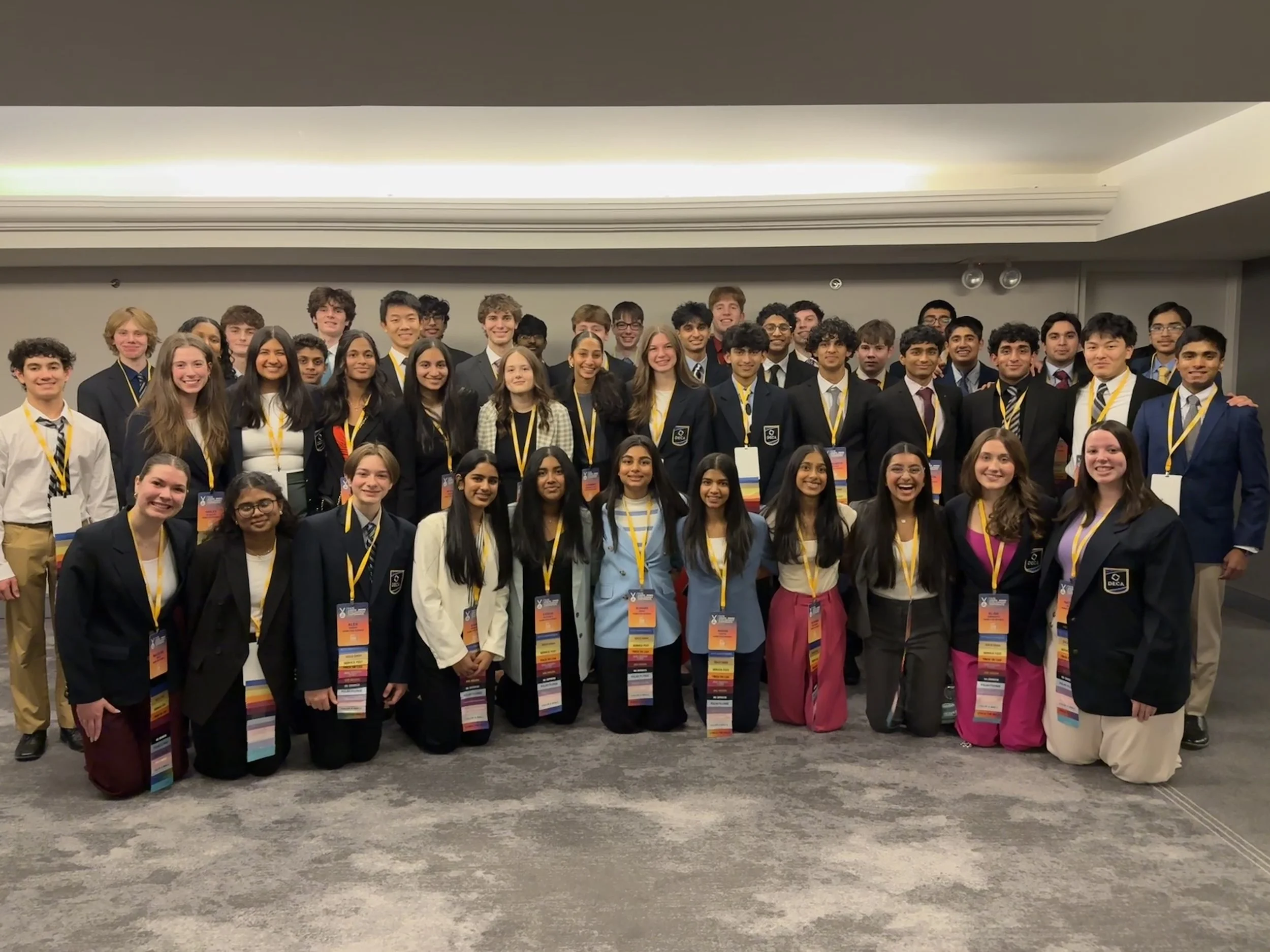A Legacy Worth Protecting
Photo from Pexels by Nunzio Guerrera.
Gia Quast
What do you think of when you hear the word “park?” Is it a sprawling field? Maybe it’s the place you go to let your dog roam once a week. Or perhaps it’s something as mundane as the swingset and patch of grass down the street. When I think of them, I happen to think of the places I’ve been so lucky to have experienced, untouched by the industrialization that characterizes our society now: the rocky Badlands in South Dakota, the foliage-dense High Cliff State Park that overlooks Lake Winnebago. And what do these have in common? They’re both government owned!
The first National Park sprung up in 1872. You may have heard of it—it’s just this little place called Yellowstone. Just six years later, the premiere State Park was established right here in Wisconsin, rightfully named “The State Park.” Though the conservation of these areas has changed plenty since those times.
The National Park Service was formally established in 1916, consolidating the few National Parks, reserves, and monuments under the jurisdiction of one agency. The point? To preserve the lands and historical areas so many Americans took—and still take—pride in.
Of course, the country doesn’t just have National Parks. There are state branches and national branches, and below each monuments and conservation areas and, you guessed it, parks! The most obvious division begins at the state versus national level. It’s as simple as it sounds; the National Parks are controlled and managed by the federal government and the State Parks are handled by region. Then you get into the hard separations: parks, conservation areas, and monuments. Each of them hold land of cultural and/or historical significance. So how does someone differentiate them all?
Well, maybe that can be better explained by the National Park System itself. It defines conservation areas as “areas designated by Congress and feature scientific, cultural, historical and recreational features.” A place like the Snowy River Cave National Conservation Area in New Mexico is just one of the 906 such regions in the U.S. Meanwhile, national monuments like Agua Fria, AZ and Mt. Rushmore in the Black Hills of South Dakota are defined as “land[s] or historic area[s] that has been given permanent protection by Congress or by the president through the use of the Antiquities Act.” Seeing a theme?
Then you get to our magnificent National Parks. They’re around for a number of reasons: pride in the country and its resources, conservation, recreation, to display natural and cultural themes, and to study the areas, to name just a few. They’re the most widely known of the three subdivisions. You may have heard of or even enjoyed a few. Maybe the Great Smoky Mountains, which had 12,937,633 visitors in 2022, the most of any park, or the famed Yellowstone with iconic Old Faithful.
Issue
Yet today, our National Parks may not keep up with their images. They have been facing more stress with the new federal administration and only continue to endure. The national hiring freeze for them has not only put hiring on hold, but cut thousands of employees. At least 1,000 rangers have been fired from the National Parks Service, and over 3,400 from the U.S Forest Service. It is directly endangering U.S. national monuments.
So what does that mean for these places? Well, the answer is not so simple. Rangers do a myriad of jobs, every single one of which are going to be affected. The most dangerous would start with a lack of protection for both people and the flora and fauna of the parks. There are numerous stories of rangers saving people from life-threatening situations, like diving into a rip current to save a child, carrying visitors down trails after they got heatstroke. And that's not all: They test water quality, mark reservoirs, look for missing people in the park, collect data on the natural resources, prevent poaching, do habitat maintenance, among many other things. In short, there’s more than a few jobs these workers have rolled up into one.. The lack of control over these facets will cause a decline in just about every service provided.
There is also an environmental issue posed by the loss. The parks are highly susceptible to pollutants, with fewer workers able to study and solve issues within the park (like tree diseases and animal sickness). Without those analyses, it is much harder to identify where the issues start and keep them from progressing. Not only that, but with growing changes in meteorological conditions, visitors and wildlife are endangered by more prevalent weather dangers. The lack of rangers would mean less trained personnel in the event of an incident. Overall, the impacts of destaffing are devastating.
Importance
The Parks work to preserve the environment of the country and of those areas in particular. It is a necessary practice for them. The protection of the land provides clean air, untouched land, and even dams and aquifers that provide clean drinking water for neighboring communities. Plus, they also serve as wildlife sanctuaries in an ever-shrinking world of livable land for them.
In the end, they are offering the public access to “safe, affordable, and healthy ways to experience and appreciate nature” (National Recreation and Park Association, n.d.). It is incredibly beneficial to visitors. There are a myriad of benefits of being in and around nature, including, but not limited to longer attention spans, mood improvements, an easier time decompressing, a “reduced risk of psychiatric disorders and even upticks in empathy and cooperation” (Weir, 2020).
The parks are great places to experience, if not for the allure of their aesthetics for the benefits they provide to man and animal alike. And they could not be run without the aid of countless rangers that host them. It is something that not all of us realize is endangered, yet it is important nonetheless. Between providing us with a glimpse of nature untouched and their host of benefits from water filtration to habitat conservation, it is crucial to keep these areas running.
The National Park Service could use any and all support possible. A voice is only supported by a chorus. A good start would be to see what they’re all about, at nps.gov. A great way to see the parks through their lens is through their Instagram or Facebook! They not only provide insight into the beautiful views, but also of the happenings of these magnificent places.
A few other great things to check out would be:
ourparks.org, which follows the AltNPS movement of preserving our national parks
thesca.org, a non-profit that provides young adults the opportunity to connect with and preserve our environment
If this still is something that you find worth talking about, talking to elected officials in your area is a great way to aid the cause. usa.gov provides a way to easily discover local, state, and federal officials and provides ways to contact them through addresses, phone numbers, emails, and official websites. Even a quick call or email can make a difference.
Voice your Opinion
Can’t seem to figure out what to say? The National Parks Conservation Association has provided a way to voice disagreements about the actions that have been taking place. It is quick to fill out and provides a pre-written message to send to Congress. They will fill out the form to contact your Congressman with minimal work on your part, even finding your Congressman for you. Any effort can make a difference. Find it here.






